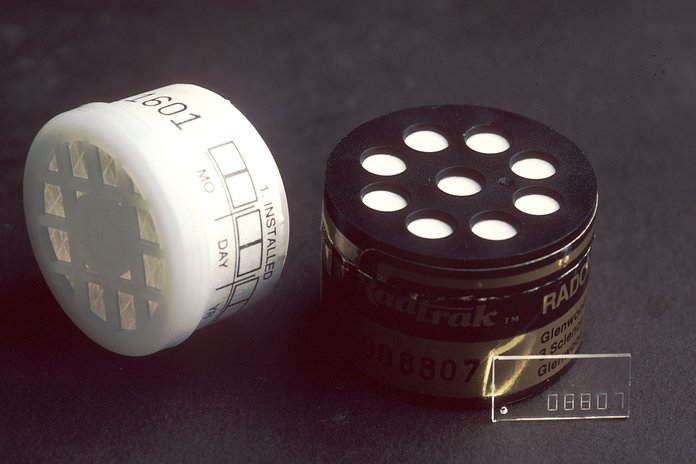But still, it provides us ideas on just how to attach the dots in between radon as well as moisture. But can something like a dehumidifier actually aid with radon? Research carried out by the United States Environmental Protection Agency has plainly negated this idea. Radon degrees are a severe issue, no matter whether you're attempting to sell your residence or trying to stay in it. You need to fret about radon resources other than simply below your residence if you have particular building materials in your residence.
How common is it to have radon in homes?
Nearly one out of every 15 homes in the United States is estimated to have an elevated radon level (4 pCi/L or more). Elevated levels of radon gas have been found in homes in your state. Contact your state radon office for information about radon in your area.
Healthy Residences
Fiberglass insulation maintains space temperature levels comfortable, but much more significantly buffers the trendy below ground walls from condensation when they fulfill warm air within a basement area. If you path component of your radon piping with a garage, then you need to install fire-stop pipeline collars anywhere pipe undergoes a finished wall or ceiling. The collars seal around the pipeline, stopping-- or a minimum of decreasing-- fire from spreading to other parts of your house.
If you'll be running pipeline straight outside from the basement or out via an affixed garage, you'll need to cut a good, tidy hole in the edge joist. An opening saw ($ 25 to $40 at home facilities) is the ideal device for this work. As soon as or two times in your lifetime, purchase the most inexpensive one you can locate considering that you'll possibly utilize it just. The installers we dealt with use a 4-1/2- in.-diameter hole saw, which matches the outside size of 4-in.
The recommended radon level http://housecleaningservice64174.ampblogs.com/The-2-Minute-Rule-for-Radon-Testing-Radon-1-27083582 measurement unit is Becquerels per cubic meter, Bq/m3. One Becquerel amounts to one contaminated disintegration per secondly. Picocuries per litre of air, or pCi/L, which is among the recommended dimensions for the rate of decay in radon, is equal to one trillionth of a curie, abbreviated as pCi.
- Appropriately done radon mitigation systems can decrease radon gas to the equivalent of exterior air which is normally very near absolutely no.
- Keep in mind that there are trace amounts of radon gas in the outdoors air so outright no is unlikely.
- While radon is safe in the reduced levels found outdoors, when it permeates right into a residence it can end up being concentrated in levels high enough to place locals in danger.
- Radon gas is determined in picocuries per liter (pCi/L), and also the EPA recommends radon mitigation for all homes with radon gas levels of 4 pCi/L or higher.
- That indicates also a 2nd tale might possibly include high degrees of radon.
Can you sell a house with high radon levels?
There are no laws that prevent you from selling a home with elevated radon, so you can do it. But, in certain states there are laws that require sellers to provide a radon disclosure in real estate documents. In some, the disclosure must also include known testing results and maintenance data for a mitigation system.
Producing a shallow pit below the hole gives the radon an area to accumulate before getting gobbled the pipeline. You'll need to eliminate several gallons of whatever base product is under your slab. The tighter the dirt, the much more material you'll need to eliminate so the radon fan can do its job. For loose crushed rock, you require to get rid of only around 5 gallons. For tighter soils like dust, clay or sand, plan to remove 15 gallons or even more.
Can I install my own radon mitigation system?
In most cases, pros charge about $1,500 to install a radon mitigation system, but you can do it yourself for only about $500 in materials. So if you're fairly handy and have some carpentry, plumbing and electrical skills, you can install your own system in a weekend and save yourself a thousand bucks!
Don'T Panic If The Radon Test Falls Short!


If the contract does not define that spends for reduction, you radon test can absolutely ask the vendors to split the cost-- and they may want to do so to aid the sale undergo. Expert radon reduction runs $800 to $2,500, with a typical expense of about $1,200. All voids and openings through cellar floors and walls can be sealed with gas-tight materials. The caulk type with the most effective adhesion to concrete is polyurethane. The video clip over shows exactly how sub-slab depressurization functions to reduce radon.